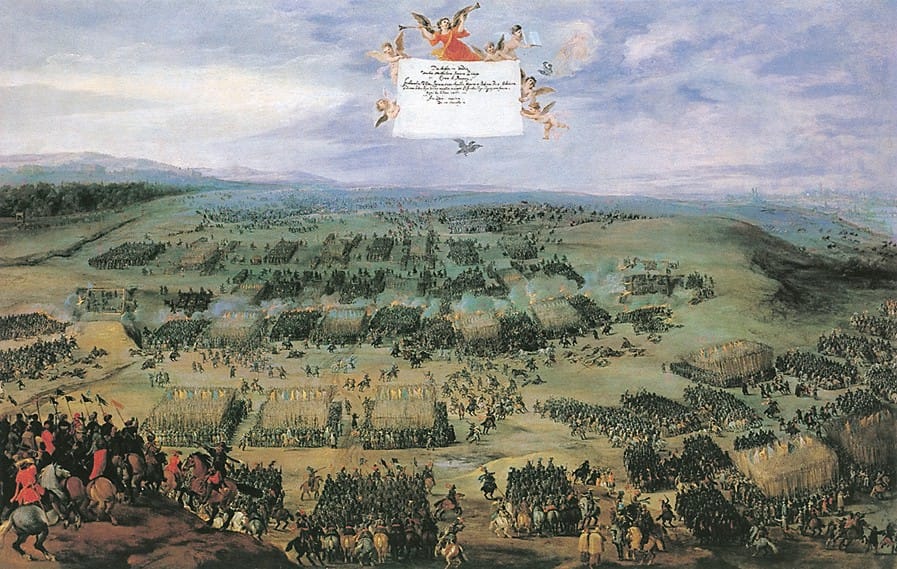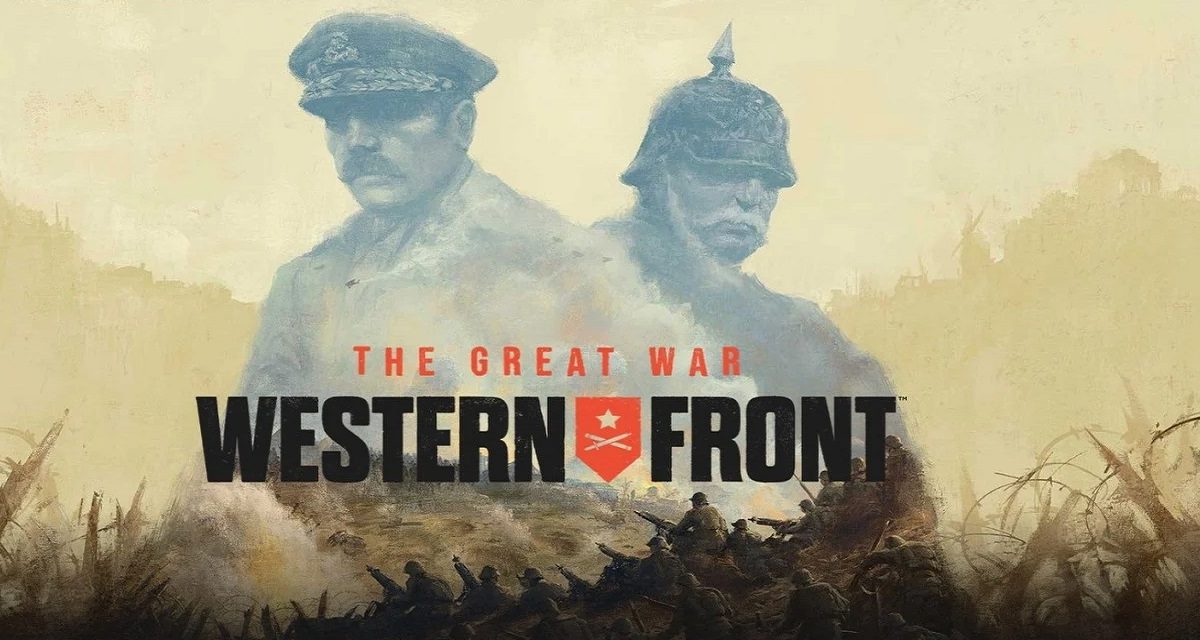Tag Archives: JTS
The Battle for Brettevillette ~ An AAR
After Action Report for JTS’s Panzer Battles: Normandy ~
Boggit, 30 January 2016
John Tiller Software has released yet another Panzer Battles game – the first being Kursk: The Southern Front last year. From my perspective I find it a fascinating period, and the game not only looks extremely pretty, but has the usual wealth of historical research and elegant gameplay that players can expect as standard from John Tiller Software. The computer opponent is certainly much better than I’ve seen in some older John Tiller titles, and it is a very rewarding game for a single player. That said I suspect – as with other John Tiller titles – that the optimal opponent is another human. Play by email is fully supported, and from experience I will add that it’s an easy system to use multiplayer.
The Normandy campaign can in some ways get understated given the scale of what was happening at the time on the Eastern Front with Operation Bagration, but don’t lose sight of the fact that during this campaign more German troops became casualties, or surrendered than at the better known Battle of Stalingrad. The Normandy campaign led to the near total collapse of German forces on the Western front for nearly a month, during which France and much of Belgium were liberated. To give you a flavour of what is being offered, here are some screenshots and an AAR from the Brettevillette scenario, a historical action set during 28th June 1944 (mid-way through the Normandy campaign). Enjoy.

Panzer Battles: Normandy has 65 standalone scenarios. 59 are unique and 6 are AI ‘variants’ focused for the single player against the computer. The spread of scenarios cover the whole campaign starting with the initial airborne attacks on 6th June 1944, and end with the decisive Falaise battle on 20th August. Two campaigns and five variable scenarios provide a further 28 variants of scenarios.
Campaign: Leipzig – The Two-Sided AAR, part 4
19 March 2014
Cyrano and PanzerDE face off in the age of muskets and sabers, and find themselves on opposite sides of an Eastern German battlefield, in the first of a series of AARs that give you both sides of the action.
As a reminder, we are alternating between Jim (in blue) and Doug (in green)
As always, click images to enlarge
The tough part about doing an AAR and playing a game like this is that my aging brain forgets what the hell I was trying to accomplish during the long stretches between turns. I believe this to be a deliberate French tactic as Jim is younger than I am and less likely to forget why he walked into a room, for example.
Fortunately I drew a map early on and have previous entries in this AAR to remind me what group of pixel troops was doing what to whom. As a reminder, my strategy:
There are any number of reasons that I was never actually given the command of men in the field — not having enlisted surely among them — but I have to think that a profound lack of patience never looks good on an OCS evaluation sheet.
Campaign: Leipzig – The Two-Sided AAR, part 3
5 February 2014
Cyrano and PanzerDE face off in the age of muskets and sabers, and find themselves on opposite sides of an Eastern German battlefield, in the first of a series of AARs that give you both sides of the action.
As a reminder, we are alternating between Jim (in blue) and Doug (in green)
As always, click images to enlarge
1030 August 19, 1813
Well, if, indeed, there are to be three scraps in this fight for Lowenberg (per Marechal Ney’s original appreciation), the two other scraps had better get a good deal more hotted up
In the north, some may remember, GD Maison had detailed GB Penne to take his First Brigade, 18th Division, V Corps and see if anything couldn’t be done to help their brethren preparing to fight near Plagwitz.

Between the time this screenshot was taken (turn eight) and the end of turn 10, Penne finally located the Prussians coming from east of Deutmannsdorf and preparing to cross the Deutschbach Stream. These troops at first were cavalry piquets and, as no JTS Napoleonic commander worth his salt(peter) would turn down a chance to shoot at horses with infantry, I had Penne move his men up and form into line. Shortly thereafter, though, they were joined by well north of 1,000 foot in two battalions and, choosing the better part of valor, Penne began a withdrawal back to Maison’s main force.
It’s been an eventful five turns, particularly in and around Siebeneichen.
Campaign: Leipzig – The Two-Sided AAR, part 2
8 January 2014
Cyrano and PanzerDE face off in the age of muskets and sabers, and find themselves on opposite sides of an Eastern German battlefield, in the first of a series of AARs that give you both sides of the action.
As a reminder, we are alternating between Jim (in blue) and Doug (in green)
As always, click images to enlarge.
When last we left our intrepid French heroes (or in this case hero, Marshal Ney, the now-occasionally jittery commander of the Army of the Bober) he had concluded his appreciation that the battle near Lowenberg would develop in three areas, roughly north, not quite so north, and south. Troops in the north, in division strength, were sent to drive past Ludwigsdorf and parts further east. Troops not so far north, also in division strength, were sent to hold a position just east of Plagwitz (pleasant sounding little dorf that) as well as its victory point location. Troops to the south, notably at the village of Siebeneichen, were to, in the immortal words of “The Longest Day”, hold until relieved by forces marching up from the south.
Veterans of the TIller Napoleonic series know the joy of moving long columns of men along roads. This is, of course, true to the period and does an excellent job of forcing the commander to choose between striking his opponent at the first opportunity and striking him when all of his troops are up. It also can dramatically slow a column that includes the plodding supply wagons that, in addition to being the only way to allieviate a unit’s “Low Ammo” status, must be protected against raids lest they fall into the hands of the enemy granting victory points. It’s with all this in mind that our attention turns to Brigadier General Senecal bravely steadying the men of the 35th Division’s First Brigade just west of Siebeneichen.
Beyond maneuvering to concentrate my Prussians in the north, all of the early action is in the Russian attack at Siebneichen. 15th Division swings into the attack:
Campaign: Leipzig – The Two-Sided AAR, part 1
13 November 2014
Cyrano and PanzerDE face off in the age of muskets and sabers, and find themselves on opposite sides of an Eastern German battlefield, in the first of a series of AARs that give you both sides of the action.
I first met Doug (panzerde) at Origins in June. Despite finding him an all-around fine fellow, I am now tasked with driving him from the field of honor in this scenario from John Tiller Software’s Campaign: Leipzig. I picked the battle (all my fault) because I’d never played it and thought it struck a reasonable balance between variety of forces and size. Leipzig can, after all, become ridiculous at the farthest end of things.
I’ve been playing the Tiller Napoleonic games for well over a decade. I’ve been involved with the Napoleonic Wargame Club for just about as long and am therefore aware of all the theology concerning its alternative rulesets, homerules, optional rules, &c. I offer only that I generally try to play the game as given in the hope of being able to play with the widest range of opponents. I do, however, typically play with a standard set of optional rules given to me long, long ago by my most regular opponent (who thrashes me with unnerving regularity). The rules are these:
I’d be happy to take questions and hold forth at length about why I prefer these rules, but it seems unnecessary here. I’ll only observe that deciding whether to play with “No Melee Eliminations” on or off is a choice that fundamentally alters the flow of the game and its outcomes. With it off, units required to retreat that have no ZOC-free hexes to which they can retreat are eliminated. This can lead to casualty rates far closer to those of the first day of the Somme rather than 1813. I will admit, though, as someone who long lobbied for this rule to be included in the series, that, when this rule is on, the system’s lack of morale collapse above the level of the individual battalions, can result in the very best units hanging about far longer than they ought.
To the battle itself, then. Lowenberg is one of those “extra” scenarios typical of a type Dr. Tiller’s developers have worked to improve their offerings. It’s an early fight in the Leipzig campaign and the scenario description is a simple one:











